On June 15, Google announced that the Page Experience update has started to roll out, confirming page performance as a ranking factor and qualifying it as an essential topic to discuss with your SEO clients.
While this update may not necessarily translate into ranking shifts for every website, its impact is significant. It permanently changes the way we evaluate user experience for our SEO strategies.
In this article, I’ll walk you through Advanced Web Ranking’s latest features that aim to help you integrate page experience monitoring into your search tracking workflow and make the most out of this new algorithm change.
Do Core Web Vitals Impact Rankings?
There has been a lot of debate and speculation among professionals regarding how impactful this Google algorithm update will be on search rankings, and even Google themselves deemed the update to be a minor one, so you can only expect your SEO clients to get confused about this as well:
“Do we need to care about this page experience thing?”
“Are we going to see any ranking changes from this Google update?”.
In fact, a recent study we conducted at Advanced Web Ranking showed that most websites are not yet aligned with Google’s page experience requirements:
From more than 65k URLs we analyzed, only 3% of pages got a “Good” performance score on Mobile, and merely 27% of URLs were top-rated for their performance on Desktop devices.
With so many websites disregarding page performance and accessibility, the update may bring great opportunity for improved rankings to those few websites that meet Google’s requirements.
The impact of the Page Experience update has been slowly growing over the last few weeks since the rollout began:
While we cannot yet predict how impactful the update will be when fully rolled out at the end of August 2021, it will be very interesting to watch how SERPs change during the following months and how many websites start taking action to improve their user experience scores.
Page performance monitoring in AWR
To help you monitor this new ranking factor and its impact on SERPs, Advanced Web Ranking has created a new Page Experience report that you can access directly from the app side menu.
The AWR Page Experience report provides a web performance overview for your main website’s Index page, helping you quickly assess your site’s performance status and progress right from the app.
Performance Overview
When you first access the report, you’ll see the initial audit report that we automatically ran for your website, with the main performance metrics:
- The General Performance Score – summarizes the users’ experience on your page and is calculated as a weighted average of the other performance metrics.
- The Core Web Vitals and Metrics – from which the General Performance Score is calculated, quantify performance on distinct facets of a user’s experience on your webpage.
Easy to read
Before diving into any of the potential issues reflected by the Page Experience audit report, you’ll be able to quickly understand how your page performs just by eye-scanning the report data.
Every metric is color-coded so that you can rapidly read through the data and pull the essential information right away:
Across devices
By default, the report will show your page’s performance on desktop devices, but you can easily change the device from the top drop-down menu.
Each new performance audit you perform with AWR will automatically collect data across both desktop and mobile devices.
Track progress over time
Once you have a minimum of two performance audits ran for your project, the Comparison view will be enabled for the Page Experience report.
The Comparison view shows a progress chart with how your General Performance score has evolved and lets you compare performance metrics at different moments in time.
Keep in mind that additional performance experience updates do not impact your resource consumption. You can run as many audits as you need without any influence on your subscription cost.
In-depth analysis with just one click
When performance scores signal that you need to work on your pages’ experience, you can quickly move forward to Wattspeed with just one click and get into the nitty-gritty of site performance to fix whatever is holding you back from a perfect page experience score.
Once you click the General Performance chart, you will be redirected to Wattspeed where a free in-depth audit will automatically start for your page.
Wattspeed is a free site performance monitoring app by AWR that provides in-depth details on quickly resolving the issues found during the performance audit and improving your scores.
To track your performance progress in Wattspeed further, you also have the option to create a free Wattspeed account.
Correlating page performance improvements with search visibility changes
In addition to tracking your page performance progress, the AWR Page Experience report also helps you measure how that performance influenced your organic search visibility.
For that, you can display on the same report chart, both your General Performance Score’s evolution and that of your website’s Visibility Percent, and see if there’s any correlation between them.
Hopefully, any improvement in your page performance will translate into higher search visibility.
Integrating page experience into client SEO reports
Page performance status is something that you may want to start reporting on in the future and keep your clients or stakeholders informed on its progress.
For scheduled reports, a Performance KPI widget is now available that you can already include in your reports, where relevant.
Coming up next
The AWR Page Experience report is barely at an initial stage, with lots more improvements to come.
Next in line, we’re working to provide page experience info on competitor websites that would help you make more accurate SERP analyses and detect search opportunities faster.
Moreover, deeper and more meaningful integrations between page performance and search rankings are also currently in development.
Stay tuned for the next updates, and please reach out if you have any feedback on this. We’d love to know your thoughts.

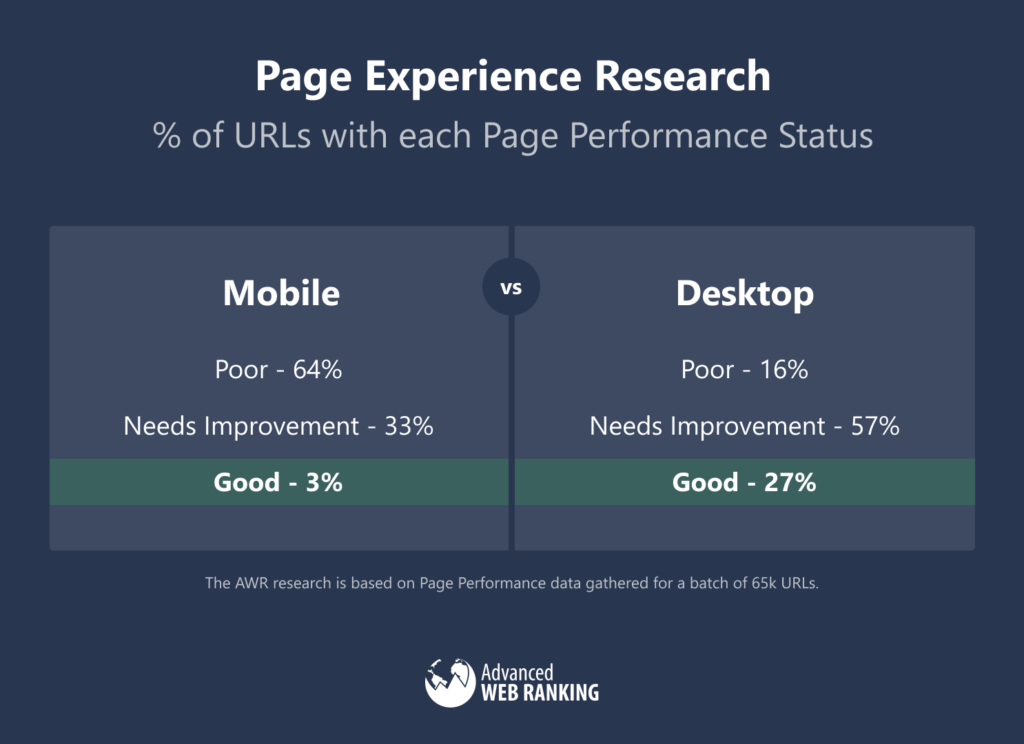
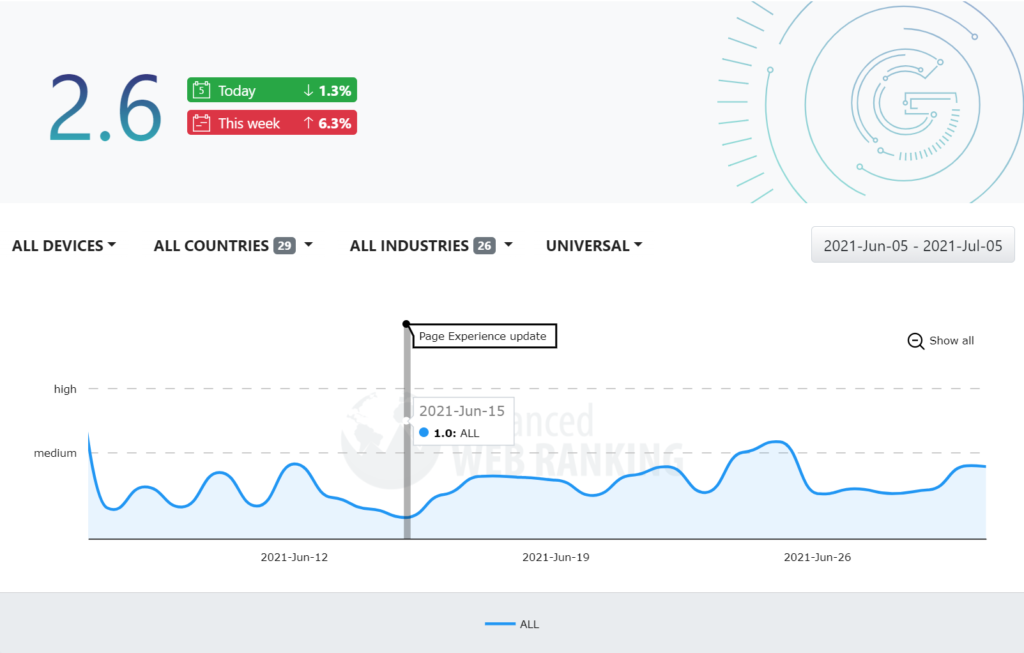
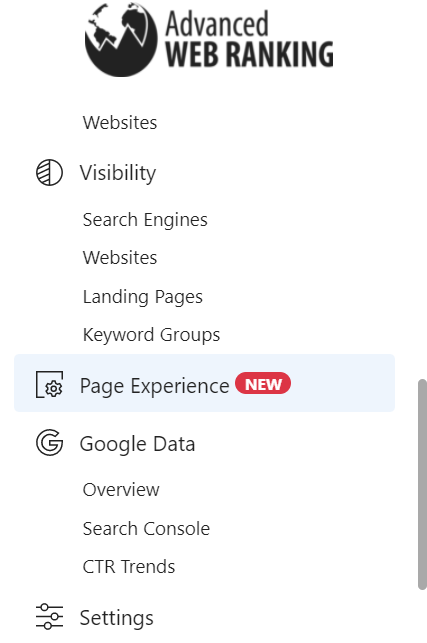
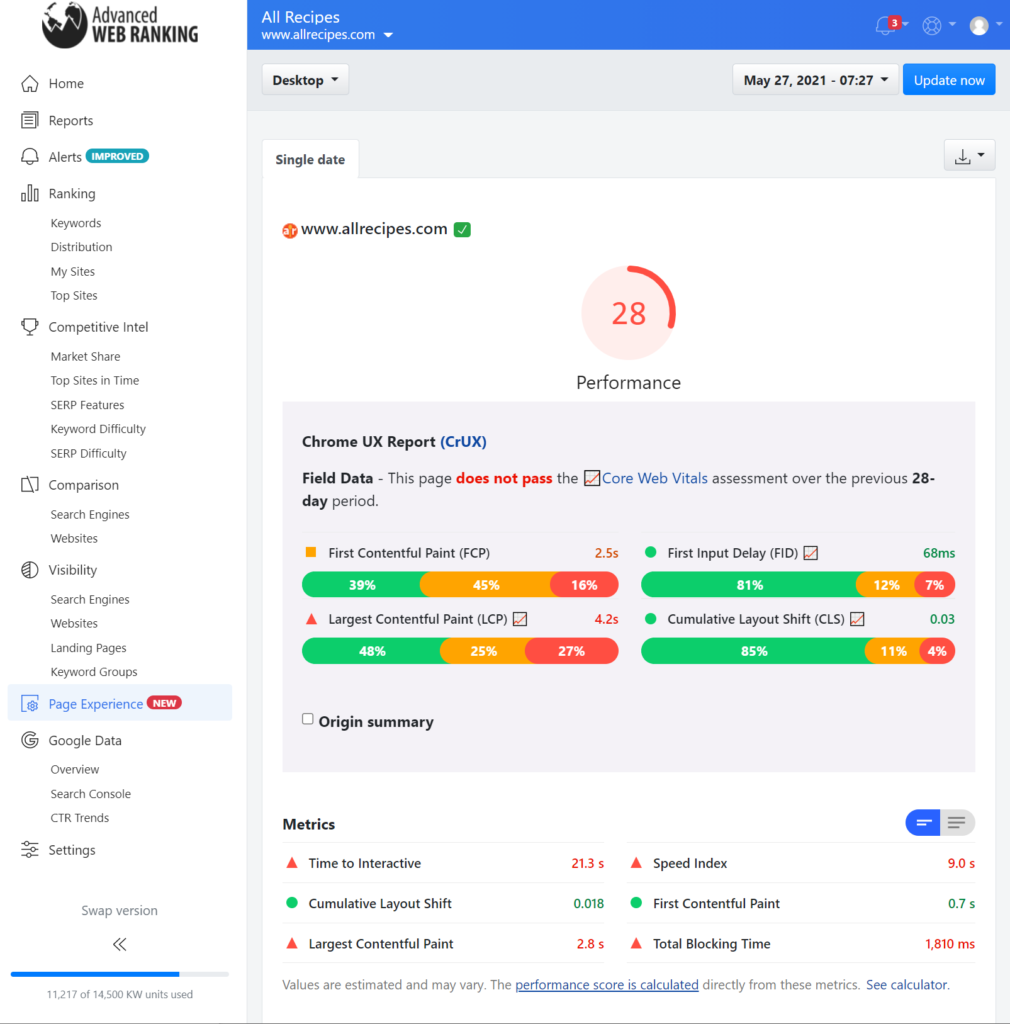
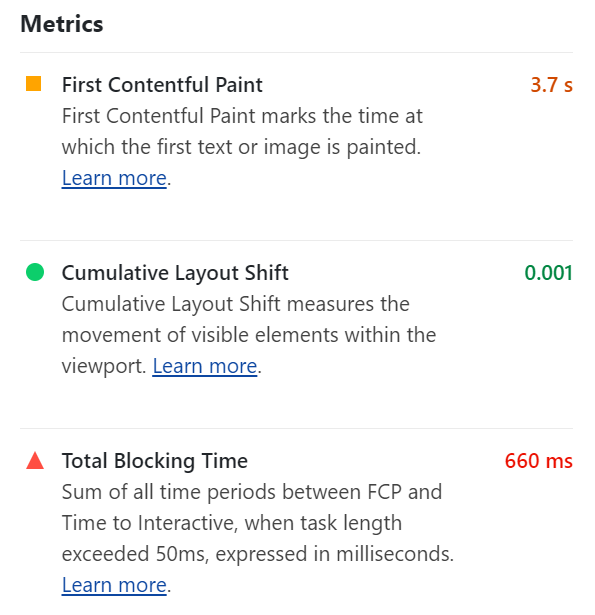
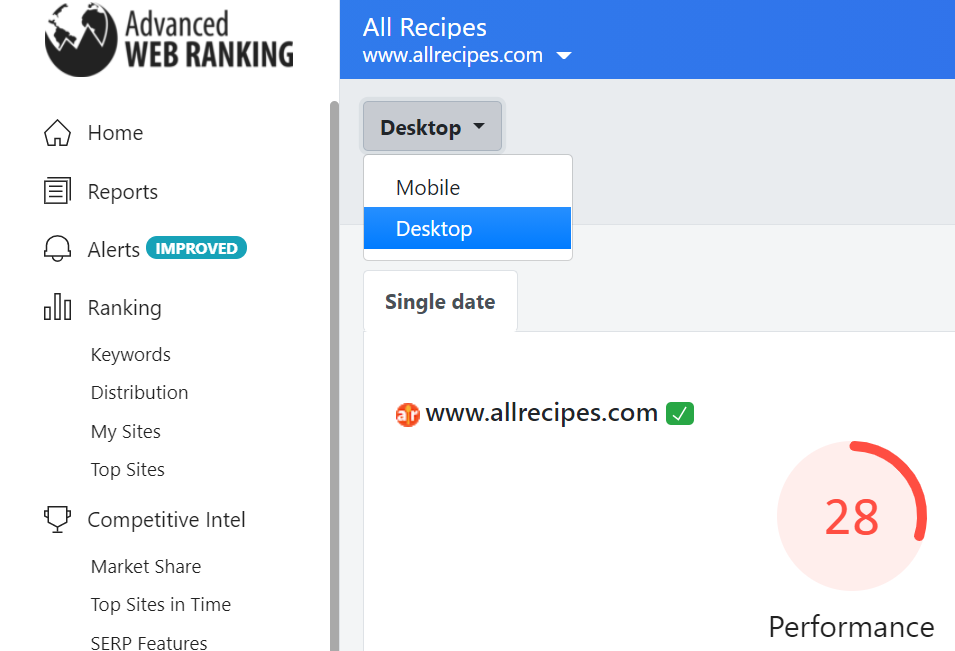
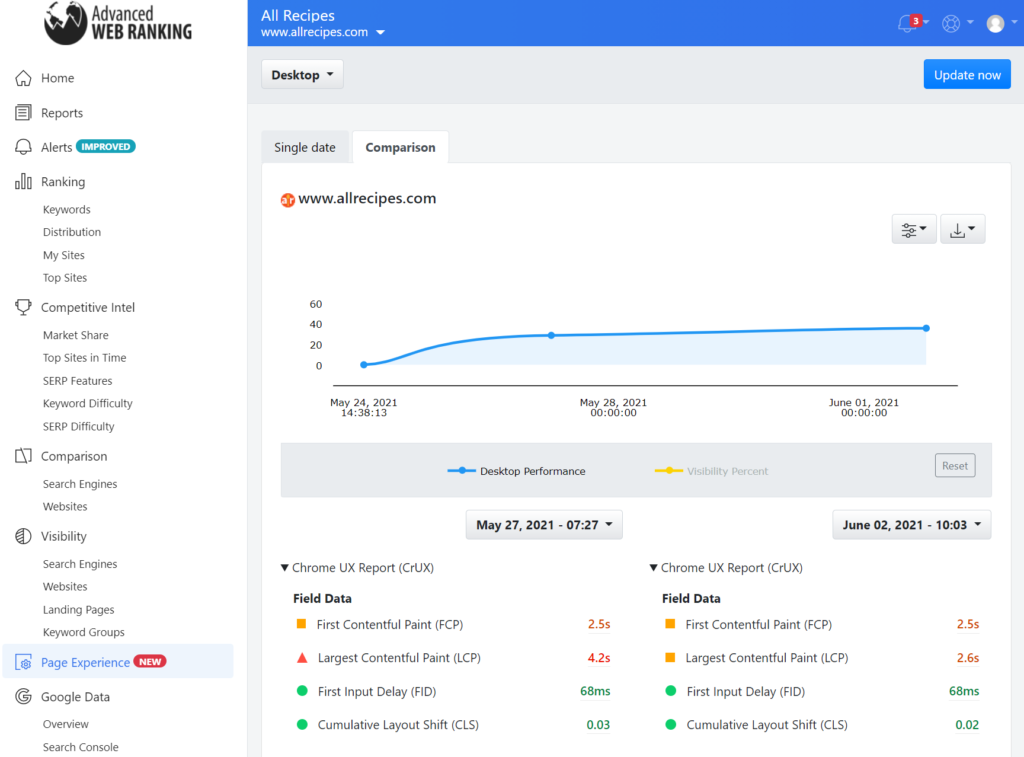
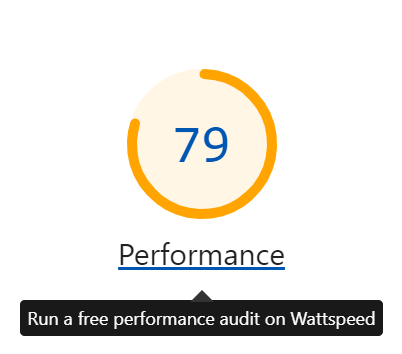
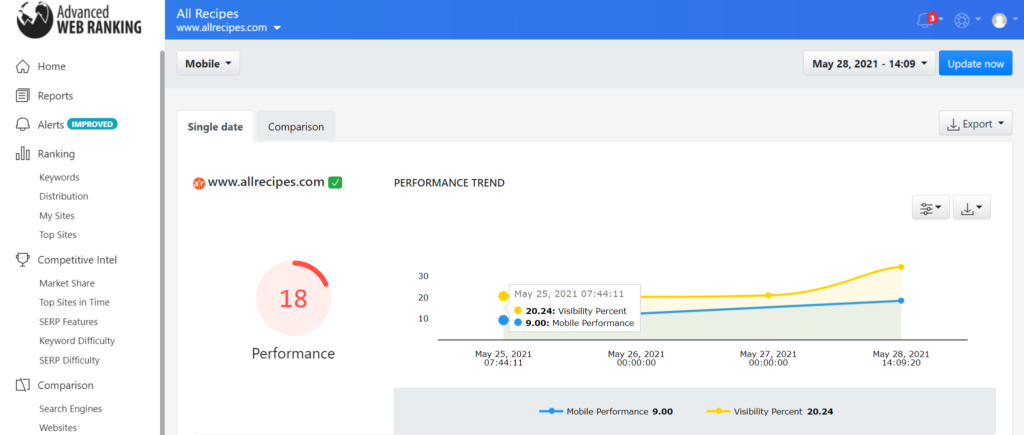
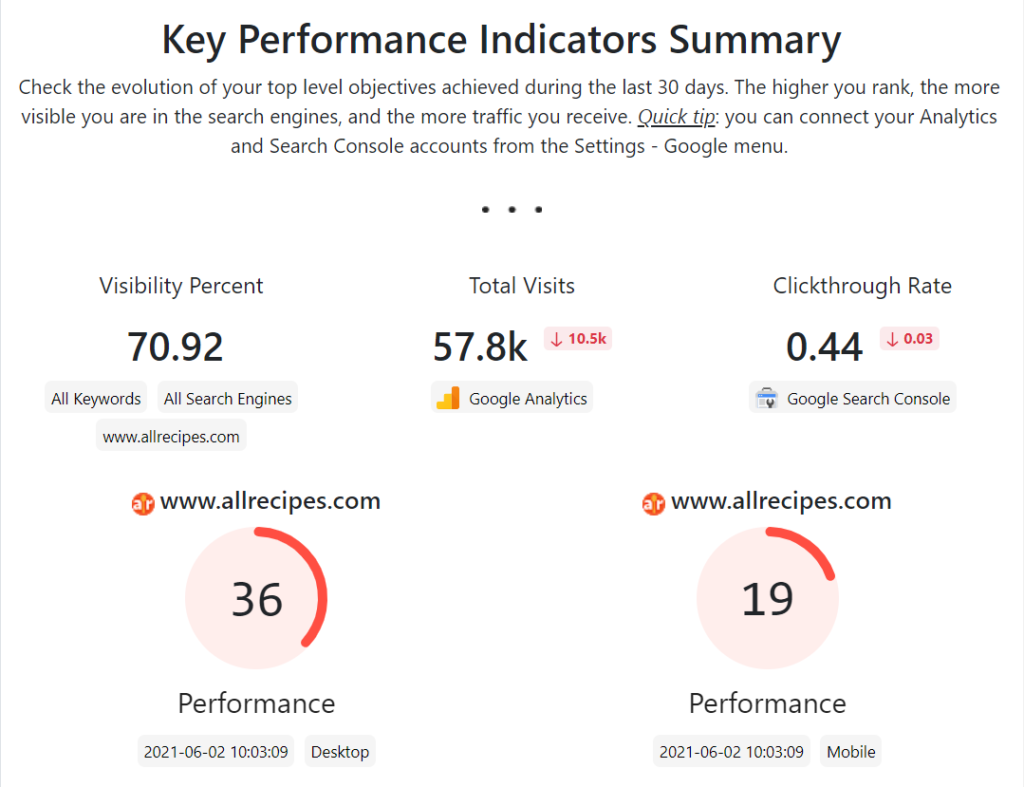



2 comments
Hi Dana,
This is a very helpful post and very detailed.
Look forward to your next.
Hi Dana,
This post has been highly informative and I will be implementing these techniques into my marketing plans. Thanks 🙂
Comments are closed.